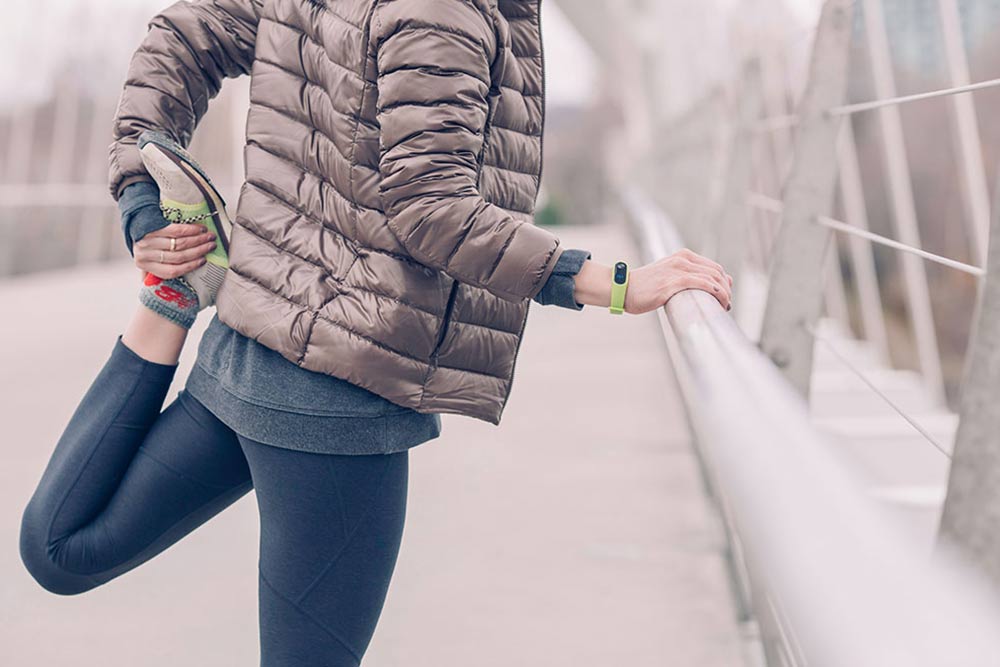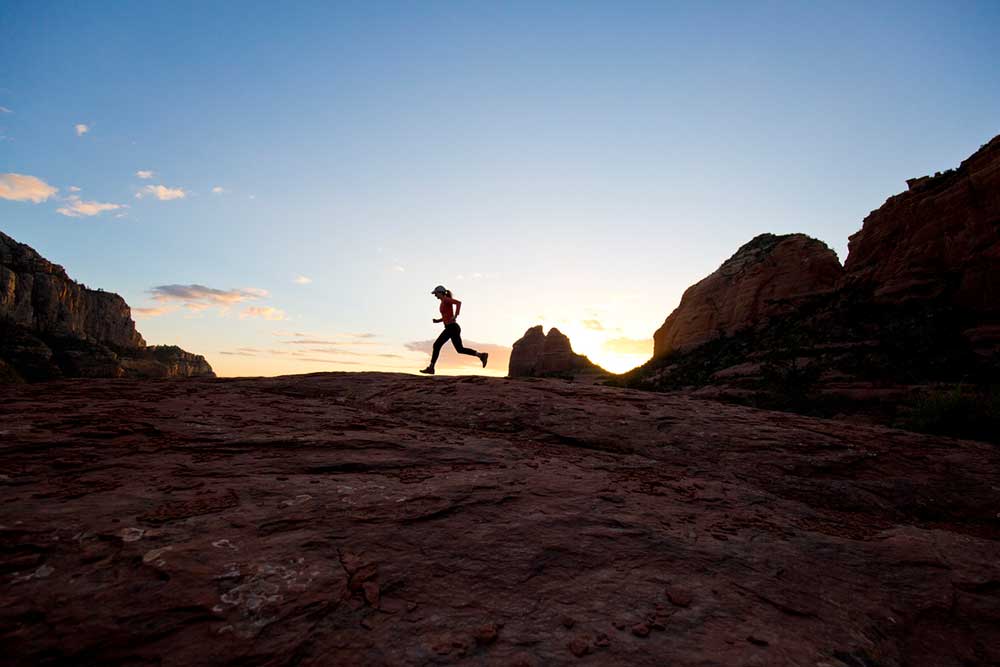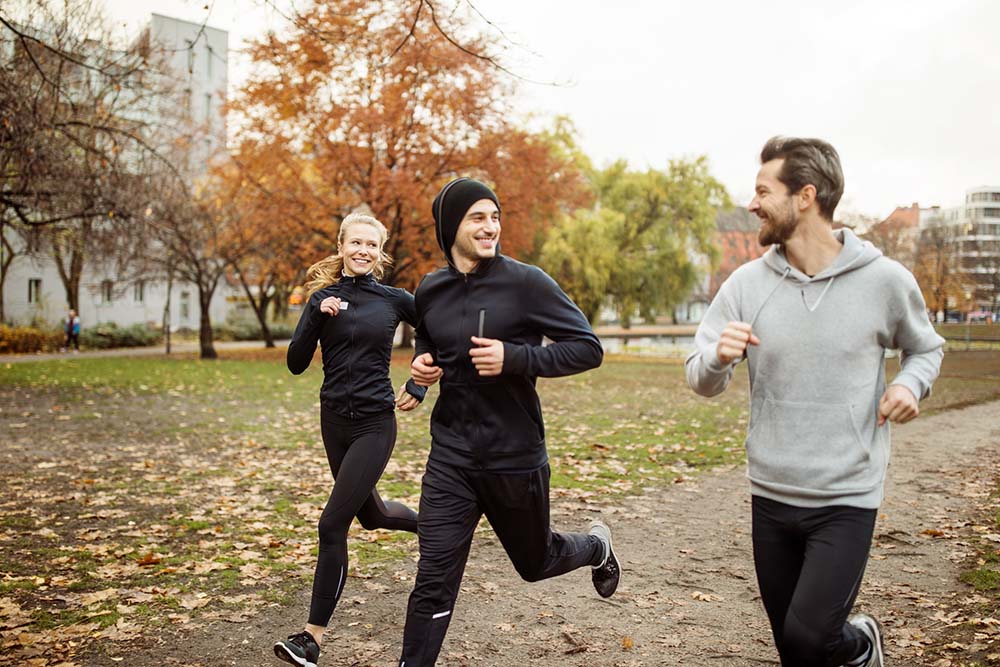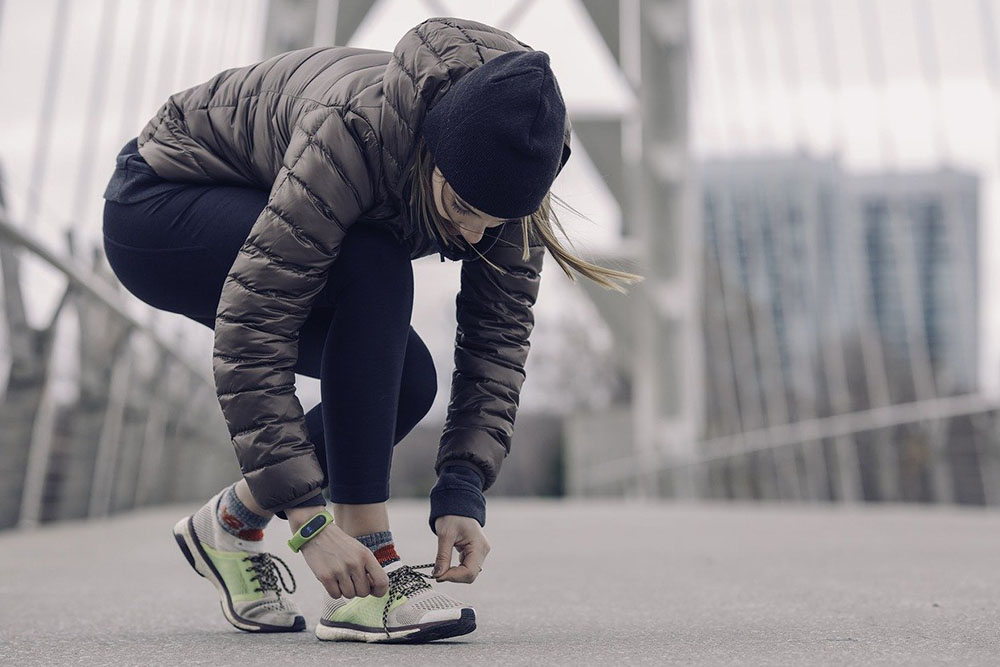Waiting for the Bus Exercises

John Barry
I can make the argument that the least engaging portion of a training program are the corrective or mobility exercises. These are the stretches, myofascial release, and similar movements a coach, trainer, physical therapist, etc will have you do both at the gym and as a home exercise program. Look, I get it. We go to our fitness facility of choice and do our exercise while there. Life is to busy to find the time to do all of these extra stretches. The issue with skipping these, is that all of the hard work done on a training floor can be compromised or outright reversed.
The number of different exercises to do may seem daunting. This is why I tell my clients to attack it a different way. Don’t look at all of them and try to carve out 30-45 minutes extra per day to do them. I suggest taking 90 seconds to do 1 or 2 at a time. I jokingly call them “Waiting for the Subway” stretches. Living here in NYC, there are many times throughout the day where we can find a few minutes while waiting for a subway, standing in an elevator, etc. Why not take advantage of this free time?
Now everyone’s specific corrective exercises are going to be different, but here are a few specific ones that should help out most people. Each one could easily be done “just standing there” with minimal effort in just 1-2 minutes.
Gastroc/Soleus Stretch:
This is great if a person has tight calves, and can help alleviate foot soreness as well (depending on ether cause). There are two ways to get this done. First, stand with feet staggered, keeping both feet pointed directly ahead. Lean body weight onto forward leg, keep rear leg fully extended (at first) and keep heel on ground of rear leg. Hold for 30-45 seconds, then switch legs. After doing each leg once or twice (if you feel the muscle ease up), return to same start position, but this time, slightly bend the knee on the rear leg. This will move the stretch further down the leg.
Another effective way is to stand in front of a small step, curb, etc. and place the ball of the foot on the edge. Drop heel to floor and feel stretch on back of calf. Same as above, 30-45 second hold, with both knee straight and knee bent.
Upper Trap/Levator Scap Stretch:
This is one that can be done standing or sitting (stuck in a long meeting). First, tighten core and stand/sit with a “proud” chest. Keep shoulder blades pulled back slightly, and maintain good posture. Now, without rotating your head, tilt the head to side. Aim to get your ear to the shoulder on that same side. This will produce a stretch on the opposite side of the neck. Try to keep the hand of the side that is being stretched, reaching for the ground to intensify the stretch. Repeat for other side as necessary. It’s best not to aim for a “heavy” stretch here, but more of a gentle pull.
After each side is completed, we’re going to stretch another notoriously tight muscle in the neck. This is the levator scap. I teach my clients this stretch as to picture themselves “checking their deodorant”. It’ll make sense in a minute. Utilize the same good posture as above, but now turn your head 45 degrees to one side and bring chin straight down towards chest/arm pit. The stretch will be felt on the posterior (rear portion) of the neck on the opposite side the head is turned. To intensify the stretch, lightly grab the back of the head with same hand as side it’s turned to (turned to the left, use left hand) and gently pull chin further down. Again, go for a light pull and not a heavy stretch.
Wrist Flexor Stretch:
The wrist flexor part of our forearm is normally very tight. If you normally train with weights, grip and carry heavy objects, or work with your hands (even keyboard and smart phone use) may lead to a tightness in our forearms. To stretch this out, fully extend one arm out directly in front of you. Hold arm so that palm is facing up. Grab the fingers and where they attach to hand, with other hand, and gently pull down towards the ground. This will lead to a pull up the forearm. If there is any pain or discomfort in the wrist or elbow, refrain from this stretch and consult an MD or PT. It may be nothing, but could also be a symptom of a tendinitis. It’s important to know what to feel for during a stretch. For our cases here, the stretch should be felt in the muscle belly (thickest part) and not in the joint it corresponds to. Now, one last stretch for the most adventurous out there…
Related Article: The Best 3 Stretches to Improve Athletic Performance
Standing Quadriceps Stretch:
This one may draw a few awkward looks while on a subway platform, but there’s a good chance that your quadriceps is tight. It’s very common for the quad to become tight in people with an active lifestyle, this might not be the case for you, but most people I’ve worked with do present right quads. To get an effective stretch on this muscle, stand with one leg firmly on the ground, tighten your abdominals and curl other leg up off the ground behind you. Using the hand of the same side, grab the shin, just above the ankle and give slight pull up, bending the knee. Feel free to use free hand to hold something for balance. The stretch should be felt directly on the front of the thigh you are stretching. If you feel anything in the lower back, make sure you are keeping your abdominals tight and not letting the hips tilt forward. If held correctly, this is a great stretch to loosen up the quadriceps. Just like each of our other stretches, hold for 30-45 seconds and repeat on each side.
Here are 8 easy stretches, 4 stretches X 2 per side, each of which can take 30-45 seconds. Let’s round it up to 1 minute total. Meaning these can be accomplished in roughly 8 minutes per day. Instead of all at once, think of planning 2 minutes during morning commute, 2 minutes during lunch, 2 minutes during any downtime at work, 2 minutes on commute home. It might not seem like much, but it is worlds better than having zero mobility work done in a day.
Related Article: The Effects Of Inter-Set Stretching On Muscle Growth
You Might Like:

























